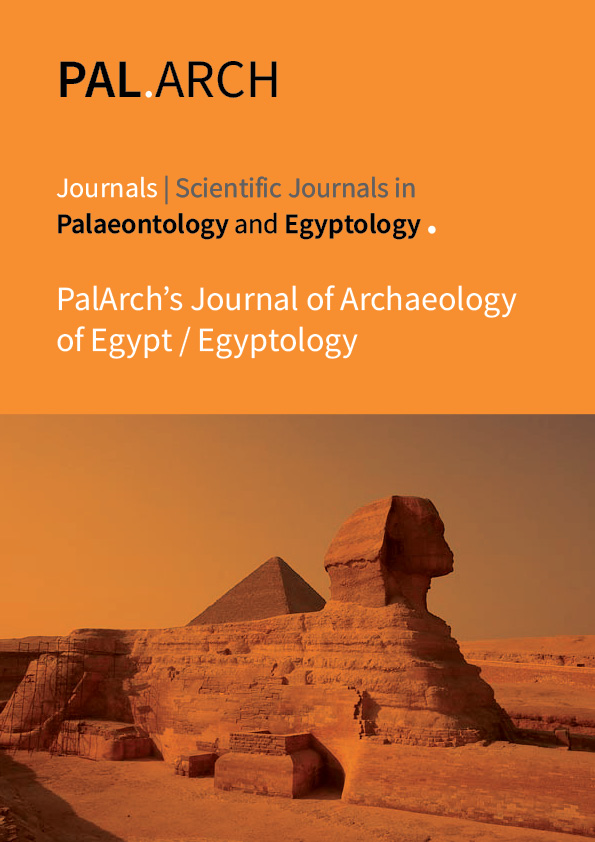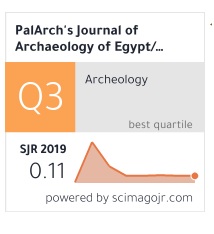NAHDLIYIN CANDIDATE POLITICAL COMMUNICATION CONSTRUCTION IN CONTEST PILKADA IN EAST JAVA INDONESIA
Abstract
This research departed from the phenomenon of the 2018 regional elections, which were dominated by candidates with Nahdhiyin backgrounds. The most interesting thing about the 2018 East Java regional election political contestation is that the political narrative has been started by the mass media played by political actors with various propaganda and persuasive messages which will be the main goal of each candidate. Currently there are two santri on the political stage for the 2018 East Java (Jatim) Pilkada. They are the cagub supported by the National Awakening Party (PKB) and the Indonesian Democratic Party of Struggle (PDIP), namely Saifullah Yusuf (Gus Ipul). The second student is Khofifah Indar Parawansah who is supported by the Democratic, Nasdem and Golkar parties.\
This research uses qualitative research methods, and data collection through in-depth interviews, and data analysis is based on researchers' interpretations. The approach used is a case study, with the aim of focusing on the object under study in depth. To understand the phenomena constructed by political actors or election candidates the paradigm used is constructivist, the constructivism paradigm explains how the event or reality is constructed, in what way the construction is formed. To be able to understand the roles and messages of the candidates, the dramaturgy concept is very relevant to be used as an analysis in the role of imaging ahead of the 2018 post-conflict local election in East Java.



